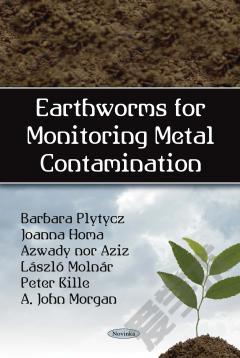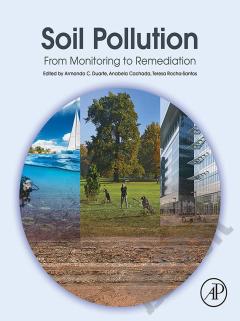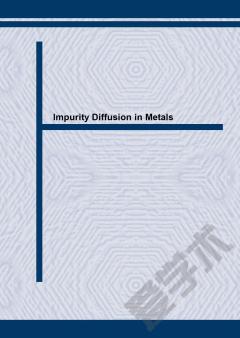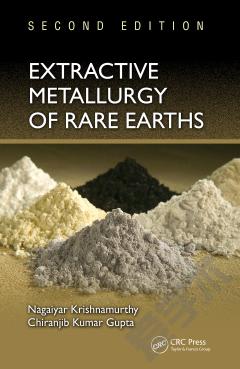Earthworms for Monitoring Metal Contamination
Earthworms are widely used to assess the bioavailability and deleterious effects of metals in contaminated soils. This book discusses some of the direct and indirect methods that have recently been used to determine the ligand-binding speciation and the extent of the toxicologically important bio-reactive metal and metalloid fractions in the cells of earthworms as receptor organisms. It proceeds to describe suites of cell-based biomarkers (e.g. morphometrics; neutral red retention time and immuno-competence assays), and their variants, that are more-or-less widely used for reporting chemically evoked stress in earthworms under laboratory, semi-field, and field exposure conditions. NMR-based metabonomic profiling of the tissues of stressed earthworms is reviewed, and the potential of infrared microspectroscopy for determining the biochemical profiles of specific cells in different functional states is highlighted. The way that the rapidly expanding genomic database is beginning to inform and propel research designed to further understanding of the fundamental mechanisms underpinning metal trafficking and toxicosis at the level of cells, partly through the provision of immunohistochemical and in situ hybridization ‘tools’, is discussed. The book concludes with the prediction that the future will see the adoption of high-throughput cellular, as well as molecular-genetic, biomarker techniques in earthworm ecotoxicology, possibly with parallel metal fractionation measurements done as a desirable component of experimental design.
{{comment.content}}








 京公网安备 11010802027623号
京公网安备 11010802027623号